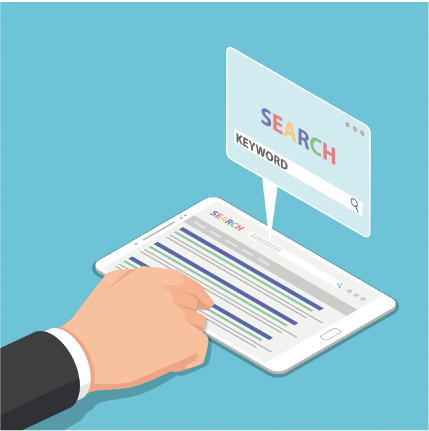2 The internet, social media and me
In the digital age, almost all of us have a ‘digital footprint’. Your digital footprint is the data that you leave behind when you engage with the internet; this can be social media ‘likes’, posts, pictures or email. In other words, we have some information about us on the internet; this could be something as simple as email, online purchases or social media accounts.
Health and social care professionals have to make sure that they are able to justify their actions and decisions, work for the best interests of their service users and work within the confines of their employer policy. This is part of being ‘responsible’ and ‘accountable’ for actions and decisions.

Healthcare Professional Targeted Googling (HCPTG) is a relatively new concept emerging in research literature. This is when patients or service users search for organisations or individual health and social care workers using the internet. Ryan et al. (2019) discussed this concept with some members of the public and there is evidence to suggest that it can have both a positive and negative affect on the perceptions of an individual or organisation. For example, certain ‘star’ systems and ‘reviews’ can tell us how a service is performing from the user perspective or, alternatively, it can give us professional information about health and social care workers through organisational online profiles.
However, if too much of our personal information is made to be public this could provide a negative view of the person, e.g. evidence of profane language, strong political/religious views, comments about the workplace, etc. In addition, some service users might try to contact professionals through platforms such as Facebook which could cross important boundaries between the patient/service user and professional/employee.
It is important that you have an awareness of your digital footprint and what types of information are publicly accessible.
The next section encourages you to explore this in the context of online social networks and social media.
